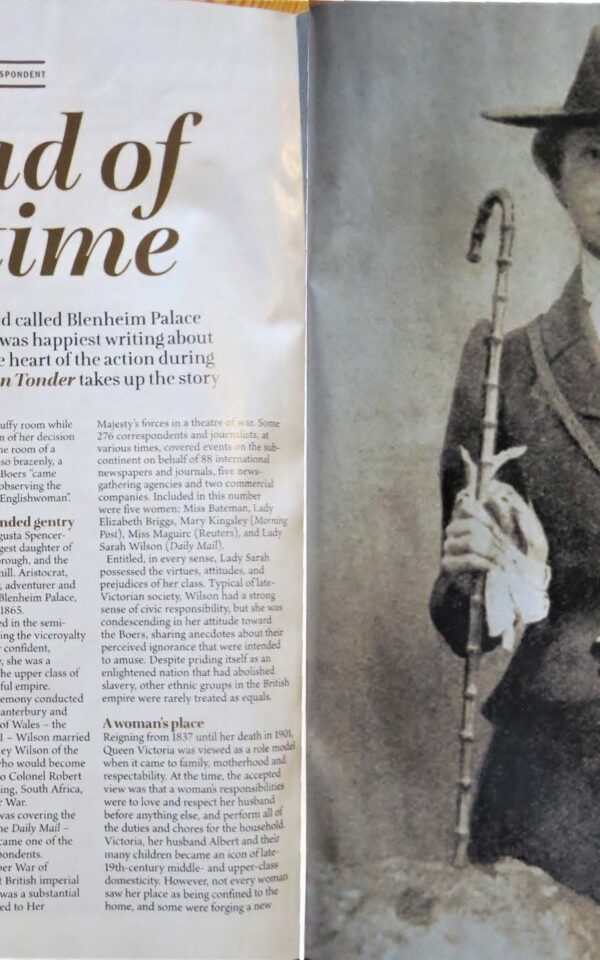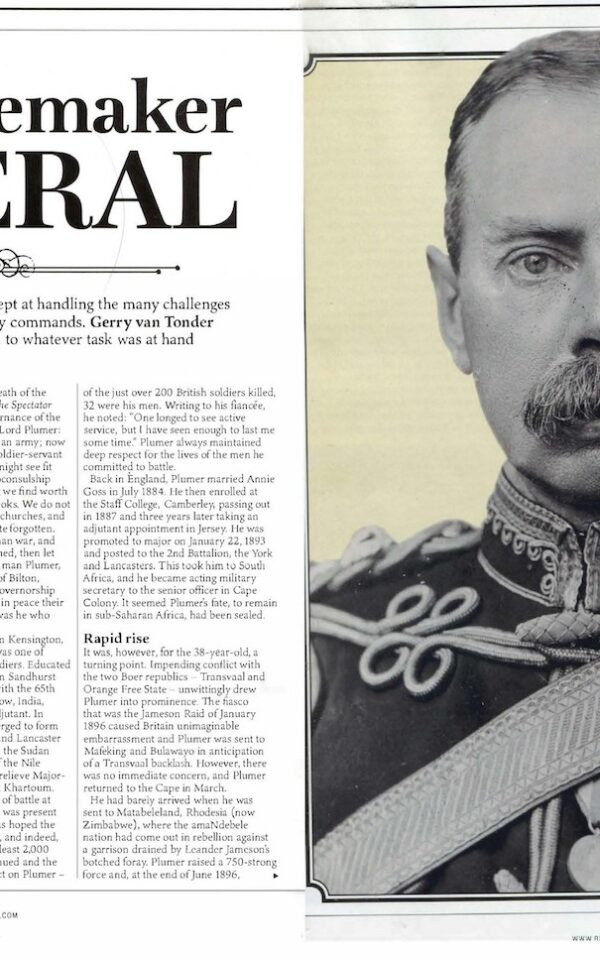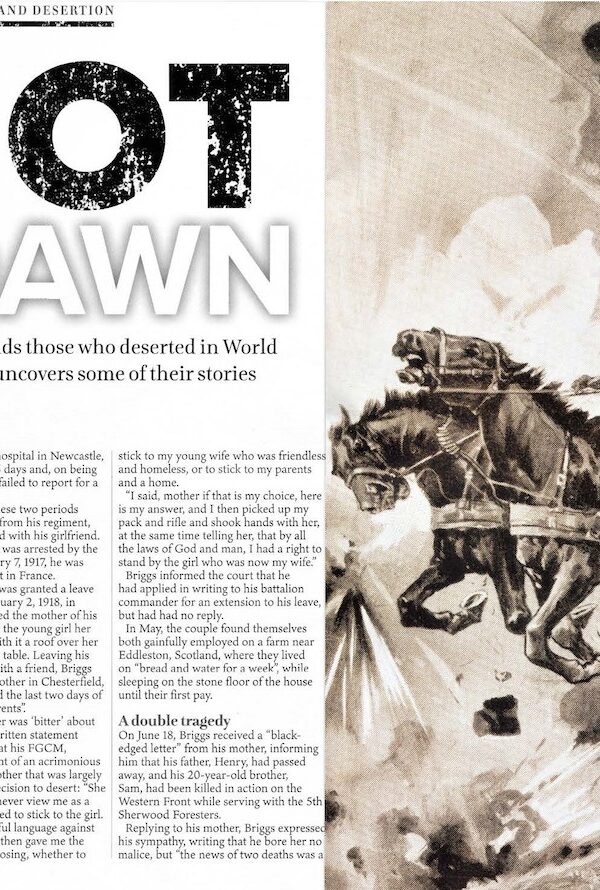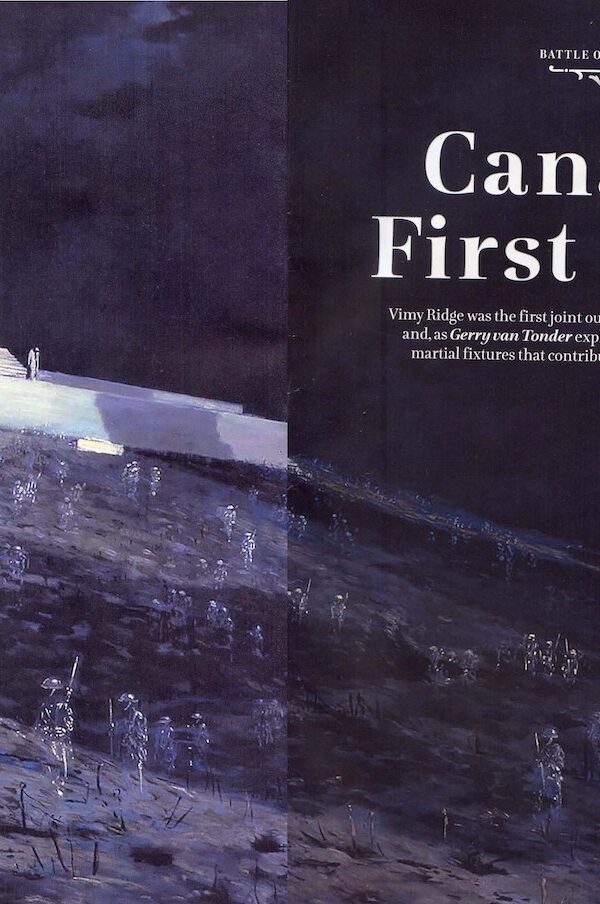Nottingham’s Military Legacy
“Nottingham’s Military Legacy” traces Nottingham’s pivotal role in British military history, from William of Normandy’s castle in 1066 to its transformation into a military hub. It highlights the city’s involvement in key historical events, including the English Civil War, the Luddite Riots, overseas campaigns, and both World Wars, culminating in its integration into the Mercian Regiment. This concise account celebrates Nottingham’s enduring legacy of valor, sacrifice, and military evolution through the ages.






Reviews
There are no reviews yet.